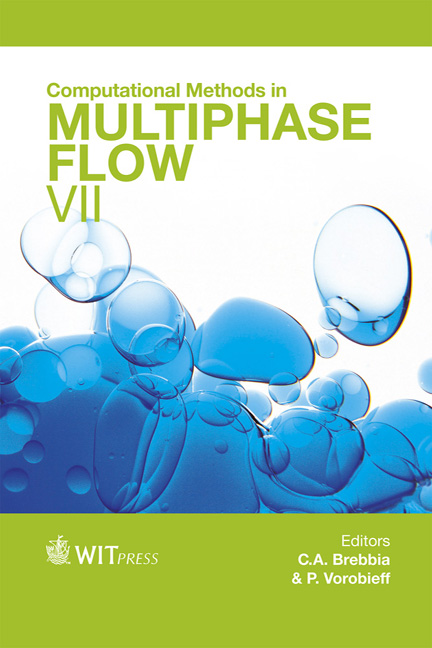Relating Solute And Gas Dispersion In Gravel At Different Transport Velocities
Price
Free (open access)
Transaction
Volume
79
Pages
11
Page Range
339 - 349
Published
2013
Size
615 kb
Paper DOI
10.2495/MPF130281
Copyright
WIT Press
Author(s)
L. Pugliese, T. G. Poulsen & S. Straface
Abstract
Dispersion is a key process controlling transport of solutes and gases in porous media. Performing tracer tests for dispersion measurements with solutes is generally much more time consuming compared to used gases. The goal of this study is to estimate the solute dispersion based on gas dispersion measurements to reduce time consumption. Solute (chloride ion) breakthrough curves were measured at different fluid velocities, covering the identical Reynolds range used in a previous study on gas dispersion. Commercial gravel, consisting of solid particles, has been used as a porous medium. Chloride and oxygen dispersion coefficients were determined based on the measured breakthrough data and in turn used to calculate solute and gas dispersivities as a function of the particle size (Dm) and particle size range (R). Solute dispersivity increased with increasing particle size range, in agreement with the previous study. Data showed that dispersivity increases more gradually with decreasing mean diameter. Keywords: solute dispersion, gas dispersion, dispersivity ratio, porous medium, Reynolds number, particle size range.
Keywords
Keywords: solute dispersion, gas dispersion, dispersivity ratio, porous medium, Reynolds number, particle size range.





